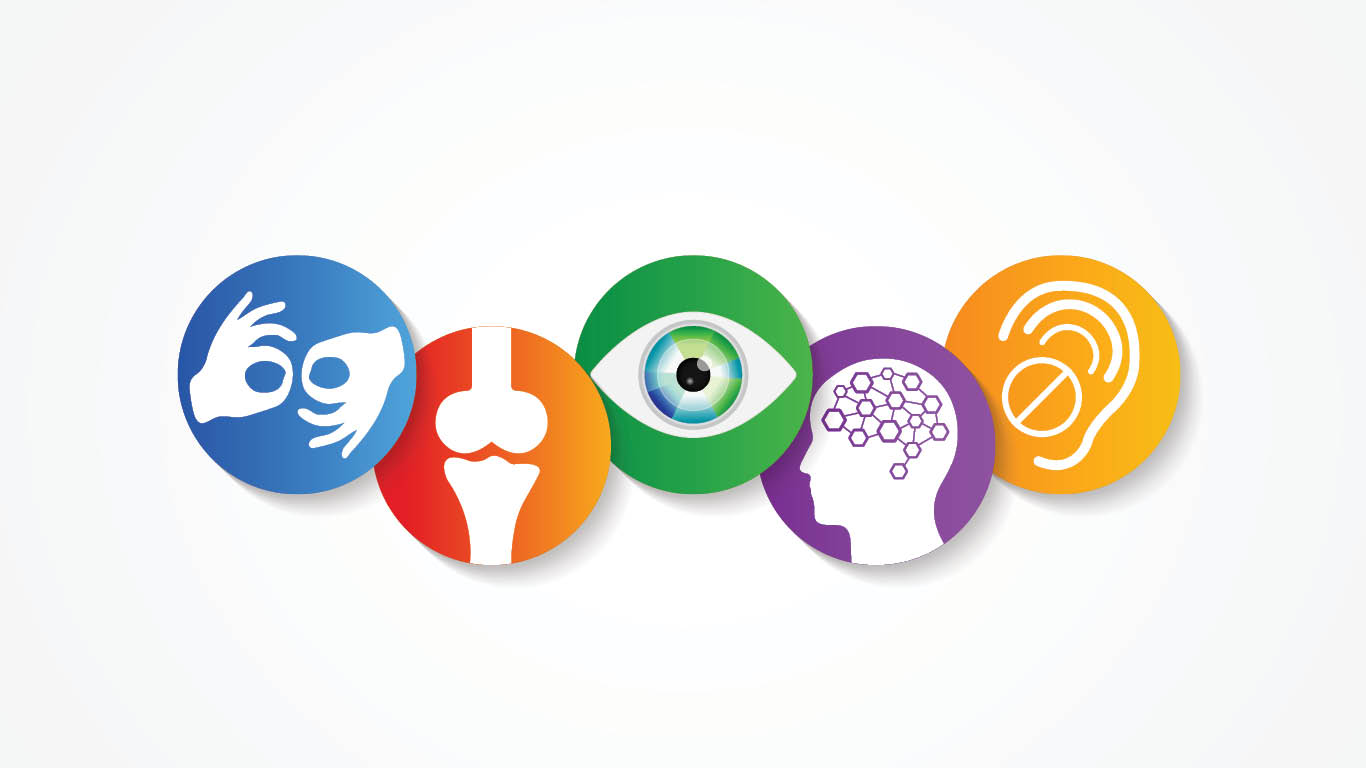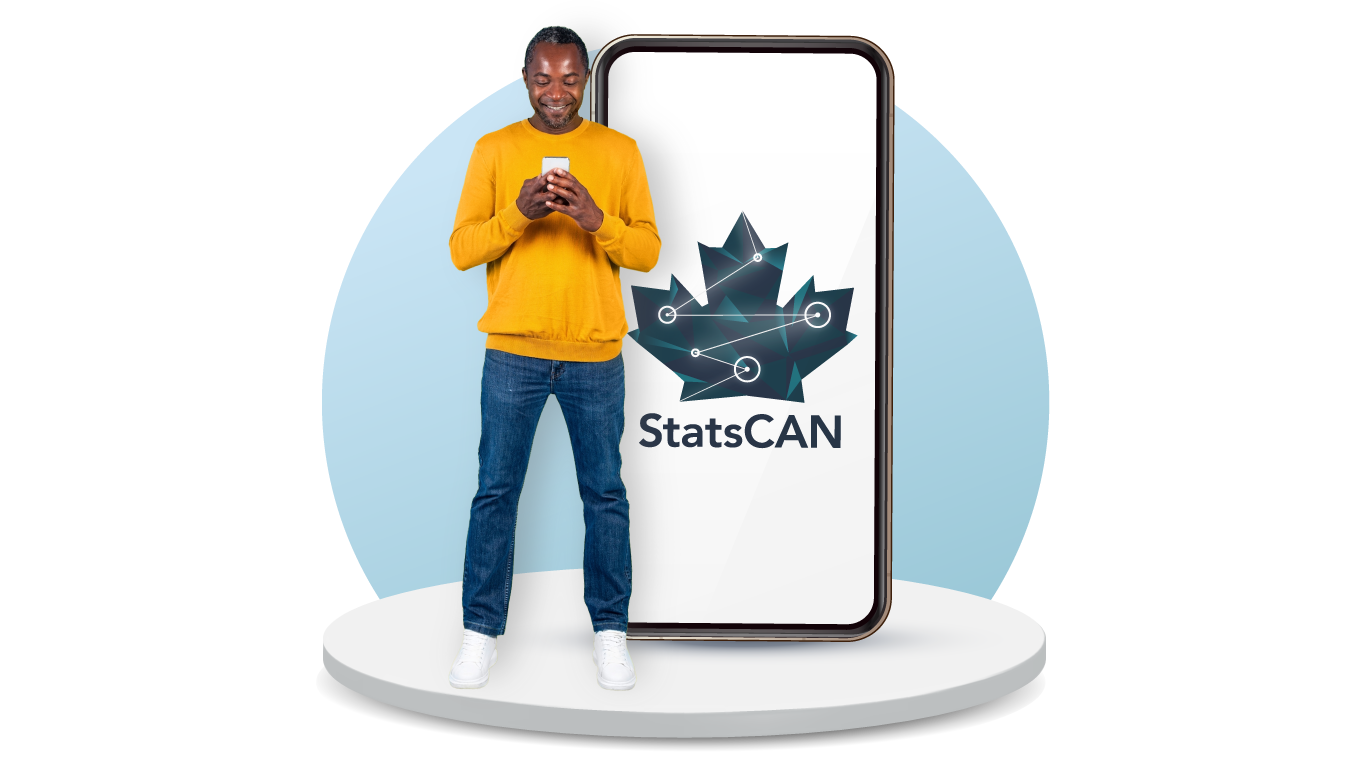
Living with a disability presents challenges that are unique for every individual. There are many different types of disabilities, which can range from mild to very severe. It is not always easy to recognize the barriers that someone may be facing, as many disabilities are not visible. Bringing awareness to the different types of disabilities faced by people in Canada is an important part of moving towards a barrier-free country for all.
The rate of disability in Canada increased from 2017 to 2022. New findings from the 2022 Canadian Survey on Disability (CSD) showed that 27% of Canadians aged 15 years and older, or 8.0 million people, had one or more disabilities that limited them in their daily activities. By comparison, 22% of Canadians, or 6.2 million people, had one or more disabilities in 2017.
Mental health-related disabilities are becoming more prevalent
The increase in disabilities can largely be attributable to the prevalence of mental health-related disabilities, specifically among youth and working-age adults. In 2022, mental health-related disabilities increased to 39% from 33% in 2017, the largest increase among all disability types.
These findings are consistent with the fact that the proportion of people reporting very good or excellent mental health has decreased over the past several years, while the proportion of people reporting fair or poor mental health has increased.
The most common types of disabilities vary by age group
Among youth (aged 15 to 24 years) with disabilities, mental health-related (68%) was the most common type of disability in 2022, followed by learning (46%) and pain-related (34%).
The most common types of disabilities for adults aged 25 to 64 years were pain-related (63%), mental health-related (46%) and flexibility (36%).
For seniors (aged 65 years and older), pain-related (68%), mobility (63%) and flexibility (59%) were the most common types of disabilities.
Having multiple disabilities can lead to more accessibility challenges. Especially as individuals age, they are more likely to experience a higher number of co-occurring disabilities. Nearly half (42%) of seniors with a disability had four or more co-occurring disabilities, while youth (43%) and working-age adults (36%) were most likely to have two or three disability types.
Barriers to accessibility for people with disabilities
A barrier “means anything—including anything physical, architectural, technological or attitudinal, anything that is based on information or communications or anything that is the result of a policy or a practice—that hinders the full and equal participation in society of persons with an impairment, including a physical, mental, intellectual, cognitive, learning, communication or sensory impairment or a functional limitation.”
The Accessible Canada Act (ACA) was passed in 2019 with the intention of creating a barrier-free Canada by 2040. In support of the ACA, the 2022 CSD collected information on barriers to accessibility.
Findings show that 72% of people with disabilities reported that they experienced 1 or more of 27 types of barriers to accessibility because of their condition at least sometimes in the year preceding the survey.
There are a wide variety of barriers to accessibility that people with disabilities experience. Among the most commonly experienced barriers were those related to features inside or outside public spaces, such as entrances or exits and sidewalks (56%), followed by barriers related to communication (48%), barriers related to behaviours, misconceptions or assumptions (37%) and barriers related to online activities (17%).
More information about the accessibility experiences of people with disabilities in Canada will be released in support of the 2024 National AccessAbility Week, taking place from May 26 to June 1, 2024.

StatsCAN app
Did you know you can read StatsCAN Plus articles and more on the StatsCAN app? If you’re already using the app, let us know what you think by leaving a review in the App Store and Google Play.
Contact information
For more information, contact the Statistical Information Service (toll-free 1-800-263-1136; 514-283-8300; infostats@statcan.gc.ca) or Media Relations (statcan.mediahotline-ligneinfomedias.statcan@statcan.gc.ca).

